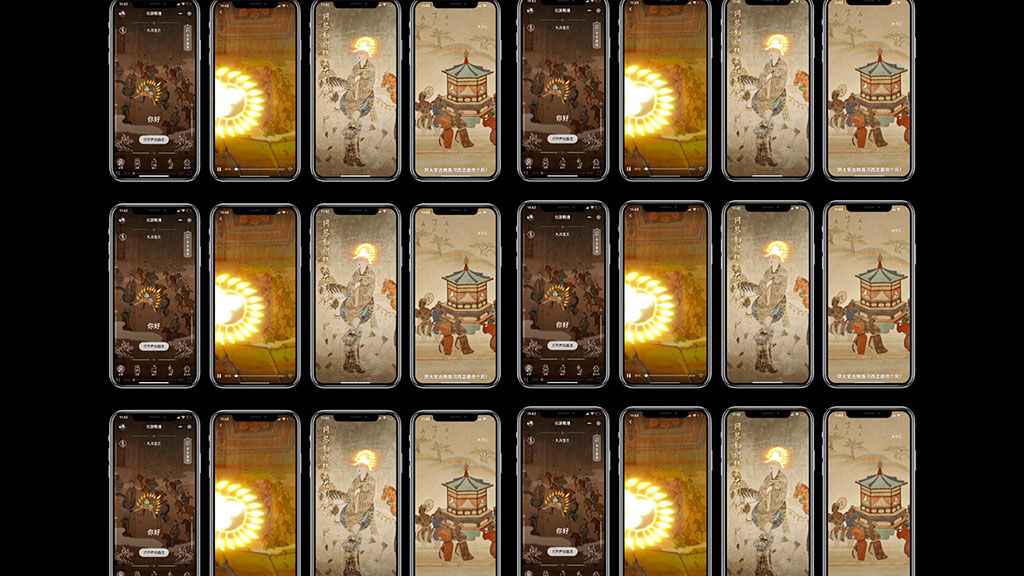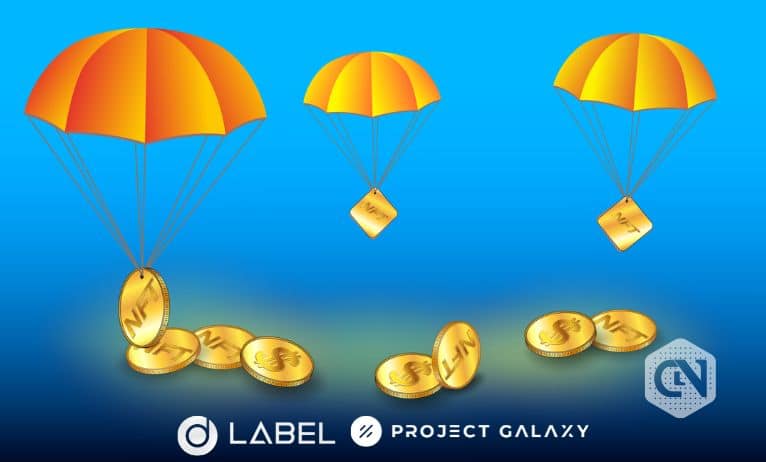Digital collectibles offer new revenue streams and brand awareness possibilities – without NFT restrictions.
Words: Rachel Read
Since May 2021, more than 30 of China’s top museums have adopted digital collectibles, reports Jing Culture & Commerce.
The total market value of the 4.6 million digital collectibles issued on Chinese platforms in 2021 is estimated to be around 150 million yuan ($22.4 million). Growth could be as high as 150 percent and reach 29.5 billion yuan ($4.6 billion) by 2026.
China’s stance on NFTs and cryptocurrency is increasingly negative, with many concerned that crypto could subvert traditional currency. And then there’s the appallingly high environmental cost of mining, which was banned in China last year.
However, this unwelcoming environment hasn’t stopped interest in the technology, and an alternative has been created. The digital collectible – a non-fungible token with a twist. These digital items cannot be traded after purchase, and they cannot be bought with cryptocurrency.
The Chinese government has been considerably more open to digital collectibles, although it still strictly prohibits the purchase of them with speculative intent. Despite this caveat, the market is growing rapidly, with CryptoPotato reporting more than 500 platforms that offer services for digital collectibles in June 2022. This is up from 100 in February 2022.
Even tech giants such as Tencent have started to dabble in the area, with strict caution of course. Digital collectibles are offered on private blockchains, priced in yuan.
The similarity between NFTs and digital collectibles is apparent – but the key difference is the ease with which they can be traded. NFTs are investments, viewed less for the value of the content and more for the value of scarceness, which is what led to the widespread low quality batches of NFTs. Since digital collectibles are only purchased once, they need to be both high in quality and brand authenticity.
These characteristics are proving attractive to museums in China.
Post-pandemic, museums worldwide have embraced digital solutions, looking to increase revenue and reach.
Digital collectibles accomplish both of these goals. The digital nature of the products has the potential to connect with both a younger and potentially wider demographic.
Five sets of mural art digital collectibles created by ARTiSTORY with Dunhuang Inspiration UNESCO World Heritage Site had more than 60,000 pre-sale registrations. All 8,000 copies, priced at ¥118 each ($19), sold out immediately after launch.
20,000 units of a bronze tiger head, a 3D model packaged with a narrative piece prepared by Beijing’s Poly Art Museum, sold out near instantly with revenue totaling ¥598,000 ($96,000).
Brands working with digital collectibles have developed strategies to maximise revenue and engagement.
A fundamental aspect of digital collectibles is that they can’t be traded. In fact, it’s best that this is emphasised in the Chinese market. This means that there is a limit to the revenue that can be generated, and so part of the value is in raising brand recognition. Collaborations between brands can be effective.
There have been some collectibles that have merged physical and digital products. The idea is that by giving the customer a physical reward on top of a digital collectible, or vice versa, the buyer is incentivised to come back to that brand again to complete a collection. In essence, leaning into the unique draw of non-tradability attracts an audience obsessed not with monetary value, but the inherent value or rarity of the piece.
As well as Chinese museums venturing into digital collectibles, this could be a space that museums and galleries outside of China might explore to raise brand awareness. The National Gallery has a five year strategy to enter the market, incorporating a Tmall store, interactive pop-ups and a branded cafe.
Lead image: Dunhuang digital collectible murals created by ARTiSTORY
More from this author
Blooloop is taking climate action
Become part of the Blooloop community:
Your web browser is out of date. Update your browser for more security, speed and the best experience on this site.
We use cookies to ensure that we give you the best experience on our website. Continued use of our website confirms acceptance of our necessary cookies.


